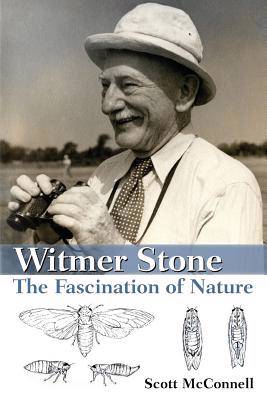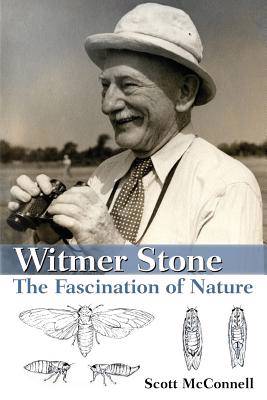
- Retrait gratuit dans votre magasin Club
- 7.000.000 titres dans notre catalogue
- Payer en toute sécurité
- Toujours un magasin près de chez vous
- Retrait gratuit dans votre magasin Club
- 7.000.0000 titres dans notre catalogue
- Payer en toute sécurité
- Toujours un magasin près de chez vous
Description
Witmer Stone (1866-1939) was one of the preeminent ornithologists of his day, and has been called one of the last of the "great naturalists." In addition to his involvement in the American Ornithologists' Union (AOU), including editing their journal The Auk for 25 years and serving as chairman of their conservation and classification committees, he also produced an exhaustive flora of the New Jersey Pine Barrens which is still used today, and made lesser contributions to mammalogy and entomology. He worked at the Academy of Natural Sciences (ANS) for 51 years, and performed heroic work salvaging their historic bird collection, which had been neglected for twenty years prior to his arrival. Stone's name is also synonymous with birding at Cape May Point. The phenomenon of fall bird migration at that location was discovered by him, and his book Bird Studies at Old Cape May (BSOCM) was the earliest signpost pointing the way to what is now one of the most popular North American birding destinations. His Pine Barrens and Cape May books are still widely read by natural history buffs, and are not only considered invaluable for their record of historical conditions, but are admired for their vivid, descriptive prose that succeeds wonderfully in taking readers back to an earlier time. BSOCM, in particular, is a classic of American, time-and-place natural history literature. Stone wrote with the same twinkle in the eye that he exhibited in person, and the pleasantness of personality that leavened his writings has garnered him a host of modern-day admirers. And yet, the details of Stone's life remain mostly unknown. Unlike some of his contemporaries (e.g., Frank Chapman, Margaret Morse Nice, George M. Sutton), Stone wrote almost nothing in the way of autobiography or memoir, and very little has been written about him in ornithological history books. This book was produced to correct that situation. Because so little has been written about Stone, it was necessary to spend thousands of hours culling his correspondence at ANS and other institutions, and fleshing out the details of his biography a little bit at a time - building a house brick by brick, as it were. In a work that is 99% original research, I have uncovered many details about the long lost world he lived in: Stone and his boyhood friends foretelling their future careers in science with their early immersion in natural history study; the conditions, research, and interpersonal relationships at ANS; battles fought by conservation organizations in the early days of the movement against excessive collecting and the millinery trade; the politics, activities, and personalities of the AOU, with insights into the tasks of journal publishing and checklist production; the formative years of the Delaware Valley Ornithological Club, including the colorful characters among the early members; the development of Stone's Pine Barrens and Cape May books, from the inspirational spark for each to the challenges of bringing them to press; and matters more generally experienced by the broader public at the time, like World War I, the Depression, and the challenge of staying healthy - even alive - in days before the appearance of modern medical miracles like antibiotics and coronary stents. Throughout the book, I compare and contrast Stone-era vs. modern conditions and practices, and also give the current status of things like natural areas he roamed, organizations he belonged to, and houses he lived in. This brings the history up to date instead of leaving it all stuck in the distant past, and familiarizes readers with places they can visit to get glimpses into Stone's world. Witmer Stone has been allowed to slip through the cracks of history for long enough, and his story is finally about to be enjoyed by an audience interested in learning more about the kindly old naturalist they've glimpsed between the lines of his books.
Spécifications
Parties prenantes
- Auteur(s) :
- Editeur:
Contenu
- Nombre de pages :
- 424
- Langue:
- Anglais
Caractéristiques
- EAN:
- 9780692229385
- Date de parution :
- 23-10-14
- Format:
- Livre broché
- Format numérique:
- Trade paperback (VS)
- Dimensions :
- 152 mm x 229 mm
- Poids :
- 562 g

Les avis
Nous publions uniquement les avis qui respectent les conditions requises. Consultez nos conditions pour les avis.






